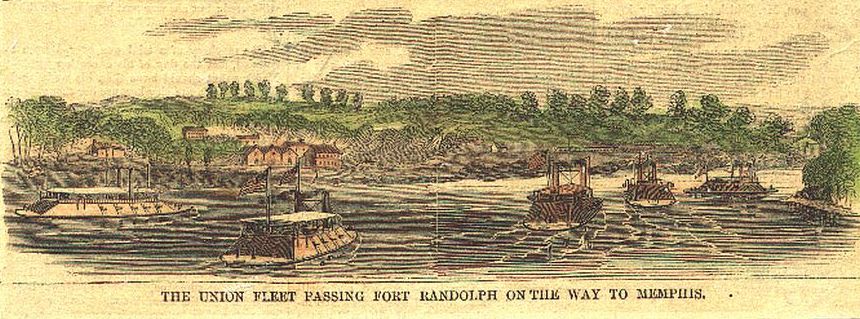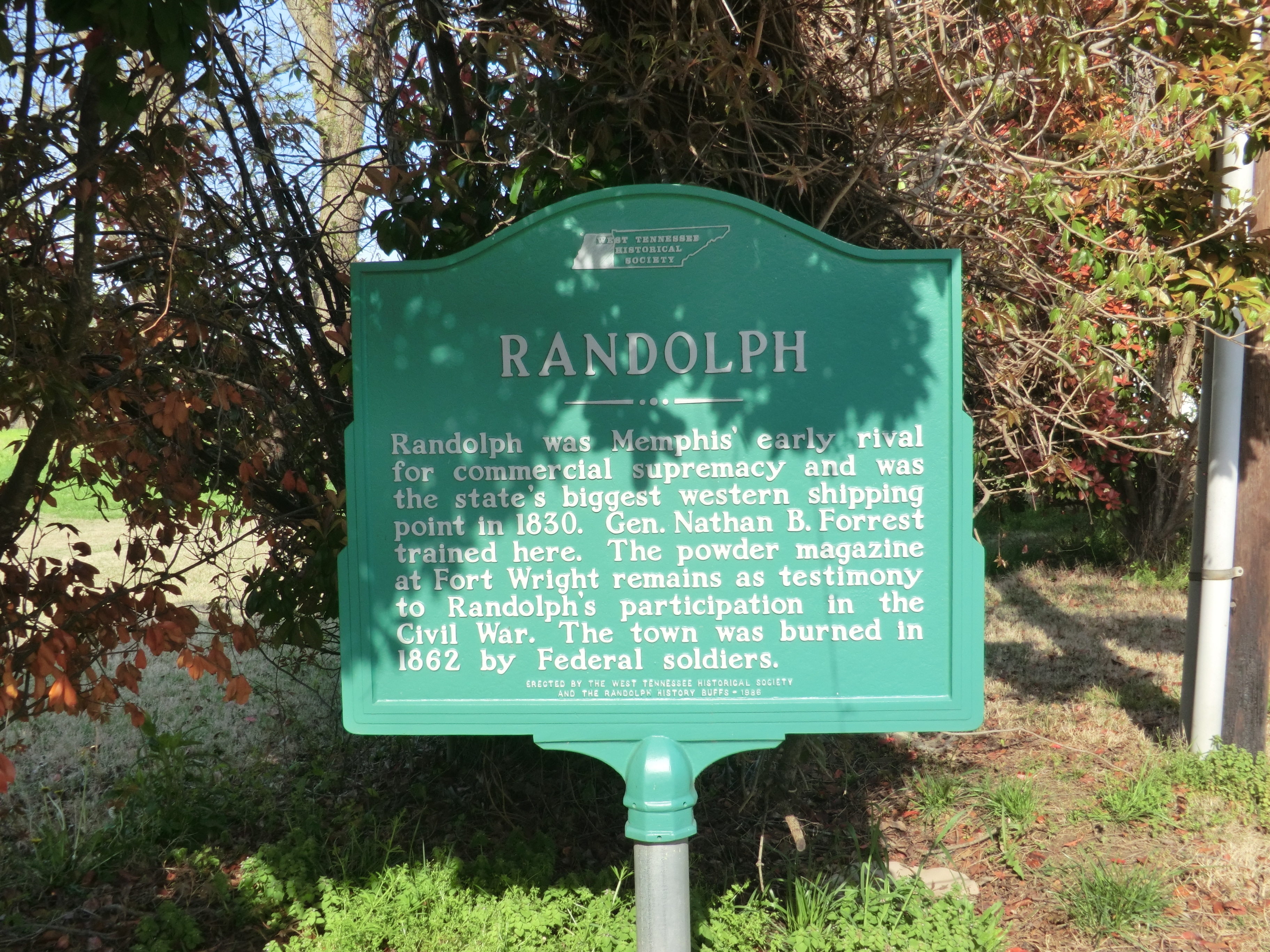Randolph, Tennessee: The Rise, Fall, and Legacy of a Forgotten River Town
Randolph, Tennessee: The Rise, Fall, and Legacy of a Forgotten River Town

Nestled on the banks of the Mississippi River, the town of Randolph, Tennessee, emerged in the early 19th century as a beacon of economic potential in West Tennessee. Founded in 1823, the town promised to rival Memphis as a major hub for river commerce. However, a series of misfortunes—including legal battles, missed infrastructure opportunities, and Civil War destruction—led to its decline. This blog post dives deep into Randolph’s history, exploring its origins, the significance of its strategic location, and the data that reveal the rise and fall of this once-prominent community.
The Origins of Randolph
Randolph was strategically founded on a bluff overlooking the Mississippi River, offering a natural harbor for steamboats and flatboats. During the 1820s and 1830s, it became a thriving center for cotton trade. Historical records indicate that by 1834, Randolph was shipping 35,000 to 40,000 bales of cotton annually—a volume surpassing that of Memphis at the time. The town grew rapidly, boasting:
- Population: Over 1,000 residents by 1834.
- Infrastructure: Four hotels, numerous schools, nearly fifty businesses, and a dozen saloons.
- Cultural Significance: Its first newspaper was established in 1834, a sign of its burgeoning importance.
Randolph’s location provided easy access to the Mississippi River and connections to inland agricultural regions, cementing its role in the regional economy.

Legal and Economic Challenges
In 1828, just five years after its founding, Randolph was embroiled in a land dispute that shook its foundation. Ann Grambelling, a New York resident, filed a lawsuit claiming ownership of the land based on a Revolutionary War land grant issued to an African American soldier. The courts ruled in Grambelling’s favor, forcing the town’s residents to purchase their land for $8,000. This legal wrangling created uncertainty and deterred investment.
The case is particularly notable for its connection to a Black Revolutionary War veteran, highlighting the often-overlooked contributions of African Americans to America’s founding and the complexities of land ownership in the early 19th century.
The Role of Geography and Infrastructure
Randolph’s fate was closely tied to its geography and access to transportation infrastructure. Initially, the Mississippi River was its lifeblood, but the advent of railroads in the mid-19th century reshaped the economic landscape. Randolph failed to secure a railroad connection, which proved to be a critical mistake. Data from the era show a clear correlation between towns with rail access and sustained economic growth:
- Memphis: By the 1850s, Memphis had established itself as a key rail hub, eclipsing Randolph in trade and population.
- Randolph: Lacking rail access, Randolph’s reliance on river trade became a liability as railroads became the dominant mode of transportation.

The Civil War and Final Blows
Randolph’s fortunes took a catastrophic turn during the Civil War. In 1862 and again in 1865, federal troops burned the town, leaving its infrastructure in ruins. Coupled with the financial depression of the post-war era, these events marked the end of Randolph’s aspirations to become a major commercial center.
Archaeological and Geological Insights
Today, the site of Randolph offers a treasure trove of archaeological and geological insights:
- Soil Composition: Analysis of the bluff’s soil reveals layers of sediment deposited by the Mississippi River, providing clues about historical river patterns and their impact on commerce.
- Ruins: Remnants of brick foundations and artifacts from the town’s peak years have been uncovered, offering glimpses into daily life in the 19th century.
- Geological Stability: The bluff’s erosion over time underscores the challenges of maintaining infrastructure in riverfront towns.
Lessons from Randolph
The story of Randolph is a cautionary tale about the interplay of geography, infrastructure, and political decisions in shaping a town’s destiny. Its rise was fueled by natural advantages and the cotton trade, but its decline underscores the importance of adaptability and diversification.
Conclusion
Randolph’s history is a microcosm of the broader economic and social transformations that swept through the American South in the 19th century. Though it has long since faded into obscurity, its legacy lives on through the lessons it offers about resilience, innovation, and the inexorable march of progress. As we reflect on Randolph’s story, we gain a deeper appreciation for the forces that shape our communities and the enduring impact of history on the present.
